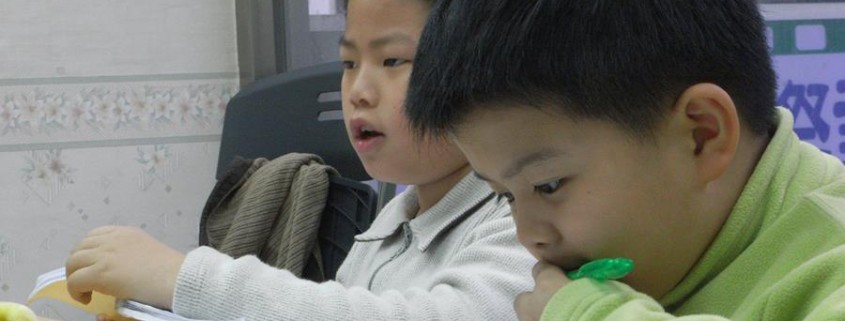Gift-giving in Korea
Gift-giving in Korea is a strong tradition in Korean culture. If you ever invite Korean friends to your home, you’ll notice that they will always bring you some fruit, dessert, a drink, or sometimes all of the above! Of course, gift giving on special days (holidays, birthdays) is a must. But what about giving a gift to your director/principal and Korean coworkers when you arrive?
We recommend something small from your home country. A souvenir, something symbolic of your home town, local region, or just your country in general (maple syrup from Canada, for example). Here are some gift ideas you can consider for your boss, head teacher, and Korean coworkers:
The Boss (director/principal):
- A bottle of wine or other fancy drink: something that can be used as decoration. The more expensive it looks, the better (it doesn’t have to actually be expensive)!
- A tin of fresh coffee: ground or unground will work. It’s surprisingly hard to find good stuff in Korea!
Your Head Teacher:
- A big jar of multivitamins: vitamins in Korea are not nearly as strong, and Koreans are very health conscious.
- A jar of delicious, fresh honey: as always, the more expensive something looks, the better.
Your co-teacher(s):
- Because you are probably not sure how many co-teachers you will have, the best option is to get something that can be shared by multiple people. Some candy, a box of chocolates, a selection of nice tea to put in the teachers lounge, etc.
Of course your friends and family members will be eager to receive little trinkets from you when you come back home a year later. Here are some ideas:
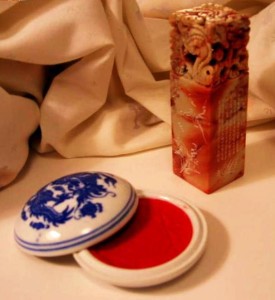
Personalized Stamp
A Personalized Stamp
- You can get their name engraved on it…. in Korean! Or, you could be sneaky and write something totally different. They’ll never know!
A Magnet
- Cliché, we know, but you can find some pretty hilarious ones!
An “Engrish” T-shirt
- Engrish refers to grammatically incorrect variations of English, often found in East Asian countries. An Engrish t-shirt would be the ultimate gift and you won’t have trouble finding them. Anyone who has spent time in East Asia will know that the shirts you find here are shirts you cannot find anywhere else.

Animal hats!
Animal Hats
- Keep an eye out for the ones that have long “paws” that hang down to your waist. Hilarious!
Metal Chopsticks
- Korea is the only country in Asia that eats with stainless steel chopsticks. Korean chopsticks are also flat, like the handle of a western fork or spoon, rather than round or square like other Asian countries.
Cosmetics
- Interesting fact for you: the most popular item tourists want to purchase in Korea is beauty products. Some of the popular brands include Skinfood, Etude House, The Faceshop, Missha, Innisfree and Nature Republic.
Phone Covers
- Cell phone cases are a dime a dozen in Korea, and they come in the strangest shapes and sizes. You’ll struggle to find such a variety elsewhere! You’ll find them everywhere- vendors on street corners, markets in the subway station, or for a larger variety, you can visit the popular shopping districts in Dongdaemun, Myeongdong and Itaewon.
Soju
- Interesting fact #2: Soju is the top selling alcohol brand in the world! Who wouldn’t love to have that checked off their list. Maybe stock up on some yourself, as the price of Soju at home will be at least triple the cost of what you can get it for in Korea.
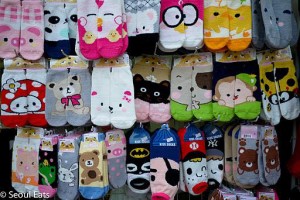
Korean socks!
Socks
- Whether you’re looking for PSY’s face, flags from different countries, or just plain ol’ cartoon characters, there’s something for everyone!
For those who have been in Korea for awhile — what would you add to the list?

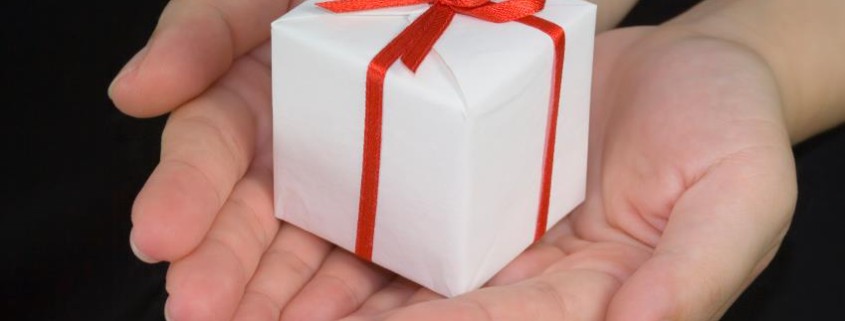
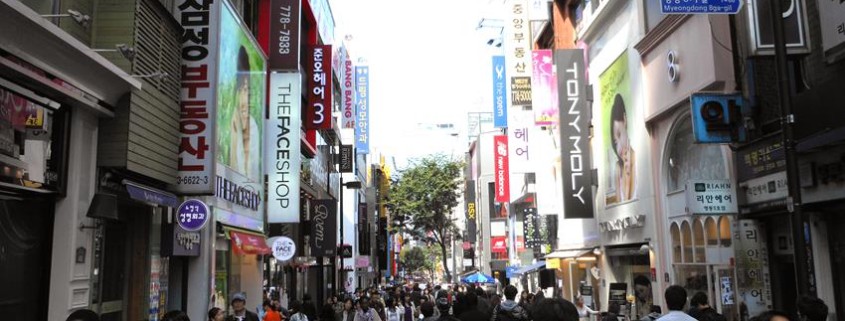
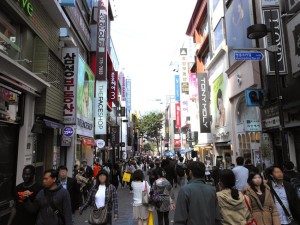

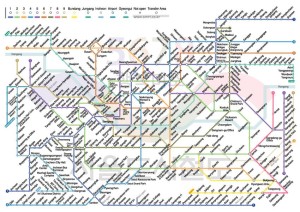
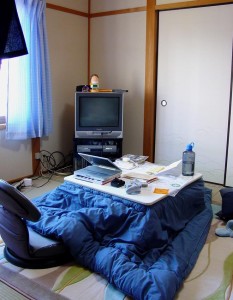 When you arrive at the airport, you can connect to WiFi while you wait for your next move (someone picking you up, or a bus). If you’re lucky, internet in your apartment will still be running from the teacher before you. Most will have to wait to get internet set up at home.
When you arrive at the airport, you can connect to WiFi while you wait for your next move (someone picking you up, or a bus). If you’re lucky, internet in your apartment will still be running from the teacher before you. Most will have to wait to get internet set up at home.